Essential Amino Acids: How To Use Them For Your Benefit
Essential amino acids are known as indispensable amino acids. Even though all amino acids are vital for your health, only 9 of them are classified as essential. Essential means that these acids need to be obtained from our diet.
Essential amino acids are well known as potent stimulators of muscle protein ◳ synthesis, and therefore are particularly useful in maintain or increase skeletal muscle mass.
If you are looking for a specific essential amino acid, I recommend you use the expanded toc to find it.
Table of Contents
What Are Amino Acids?
Amino acids are the basic building blocks of proteins. There are hundreds of amino acids found in nature. Only about 20 amino acids are needed to make all the proteins found in the human body and most other forms of life. Of those 20 amino acids, 9 of them are essential.
Deficiency Of Essential Amino Acids
Inadequate intake of essential amino acids leads to deficiency ◳. Symptoms of amino acid deficiency can be vomiting or low appetite. Other symptoms may include depression, anxiety, insomnia, fatigue, weakness, and growth impairment.
All Our Articles About Essential Amino Acids
Below you will find a list of essential amino acids. You can find out what they are and what they might be able to do for you.
Histidine
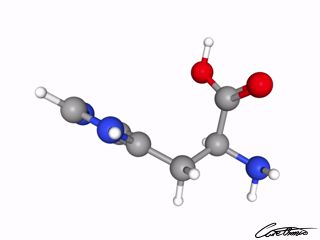
Histidine is a relatively rare essential amino acid. It was initially believed to be conditionally essential, only for infants. But it has now shown in longer-term studies to be essential for adults as well.
Find out more what this amino acid is in our article: What Is Histidine & What Foods Can I Find It In?
Or why not look at its benefits. What this acid might be able to do for you: Histidine: 10 Research-Backed Benefits
Isoleucine
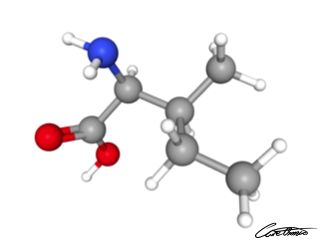
Isoleucine is an essential amino acid. Find out more what this amino acid is in our article: What Is Isoleucine & What Foods Can I Find It In?
Isoleucine helps make hemoglobin. It also appears to promote glucose consumption and uptake. Isoleucine has several benefits, find out what they are in our article: Isoleucine: 6 Research-Backed Benefits
Leucine
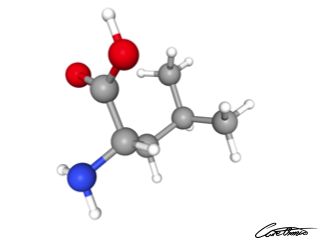
Leucine is an essential amino acid. Its main task is protein synthesis and many metabolic functions. Interested in knowing more, check out our article: What Is Leucine & What Foods Can I Find It In?
Leucine exists in many foods. Therefore is deficiency rare of this acid.
Leucine has several great benefits, you can read all about them in our article: Leucine: 6 Research-Backed Benefits
Lysine
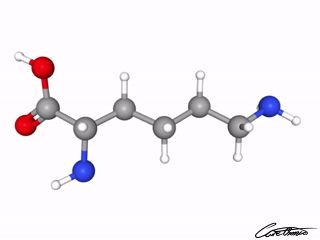
Lysine is an essential amino acid. Lysine is especially abundant in red meats, fish, and dairy products. You can find more information about this acid in our article: What Is Lysine & What Foods Can I Find It In?
Lysine is necessary for growth and tissue repair, and other things. Find out its benefits and what lysine might be able to to for you in our article: Lysine: 9 Research-Backed Benefits
Methionine

Methionine is an essential amino acid. Necessary for growth and tissue repair.
Find out more what this amino acid is in our article: What Is Methionine & What Foods Can I Find It In?
Methionine improves the tone and pliability of skin and hair. It can also strengthen nails.
It's also essential for the absorption and bioavailability of selenium and zinc.
Other benefits, but also a side-effect of methionine, can read about in our article: Methionine: 4 Research-Backed Benefits & One Side-Effect
Phenylalanine
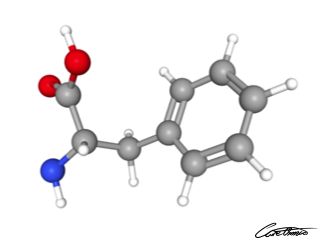
Phenylalanine is an essential amino acid. Necessary for the synthesis of proteins, catecholamines, and melanin. Read more about this acid in our article: What Is Phenylalanine & What Foods Can I Find It In?
Phenylalanine has been used to treat depression in adults. You can read about more benefits in our article: Phenylalanine: 4 Research-Backed Benefits
Threonine
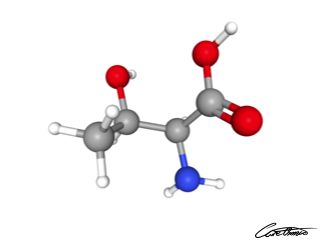
Threonine is an essential amino acid. It changes in the body to glycine.
Glycine works in the brain to reduce unwanted muscle contractions.
Threonine is the second major amino acid used for feeding pigs and poultry.
You can find more information about threonine in our article: What Is Threonine & What Foods Can I Find It In?
Or you can read about the many benefits this acid possesses in our article: Threonine: 9 Research-Backed Benefits
Tryptophan
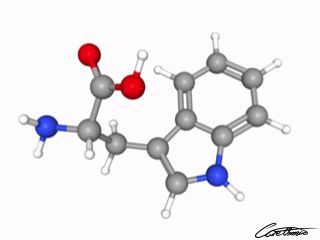
Tryptophan is an essential amino acid and a precursor of serotonin.
Serotonin is a neurotransmitter in regulating appetite, sleep, mood, and pain.
Tryptophan is the least plentiful of all 22 amino acids. You can find out more about tryptophan in our article: What Is Tryptophan & What Foods Can I Find It In?
Tryptophan possesses both benefits and side-effects, find out what they are in our article: Tryptophan: 4 Research-Backed Benefits & One Side-Effect
Valine
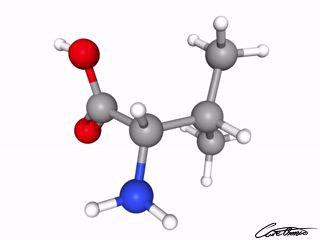
Valine is an essential amino acid. It is related to leucine. You can read about what valine is, in our article: What Is Valine & What Foods Can I Find It In?
Valine promotes muscle growth and tissue repair. Usually found in the interior of proteins.
You can find other benefits that valine possesses in our article: Valine: 3 Research-Backed Benefits
